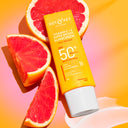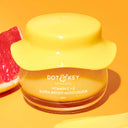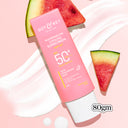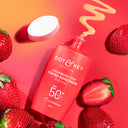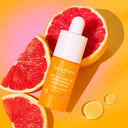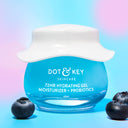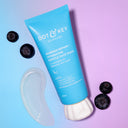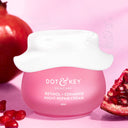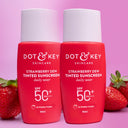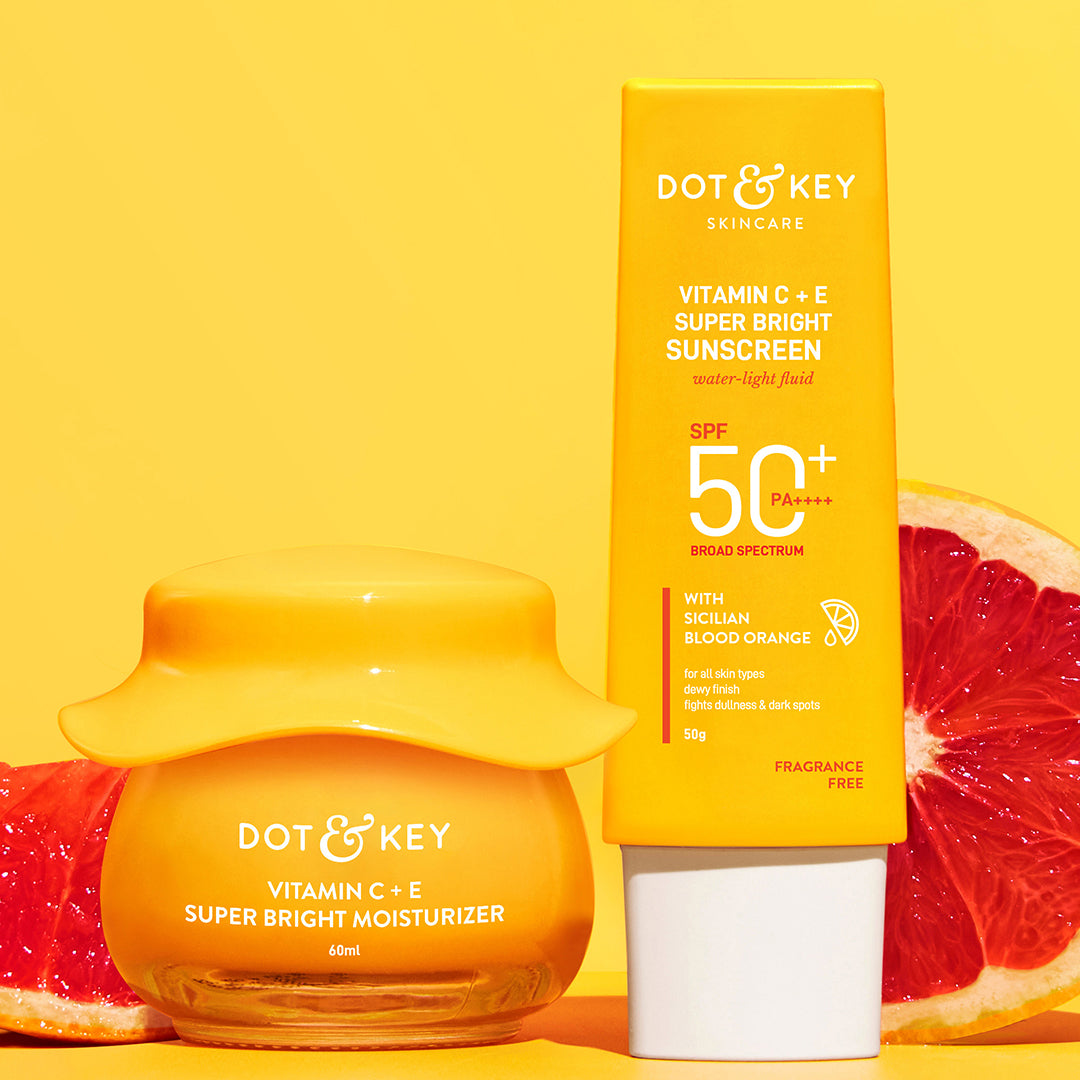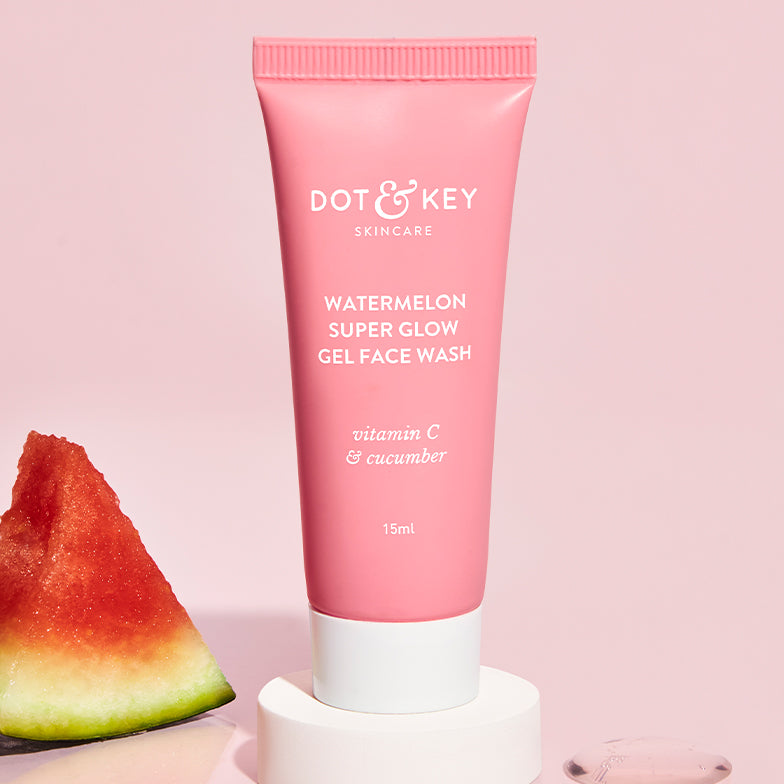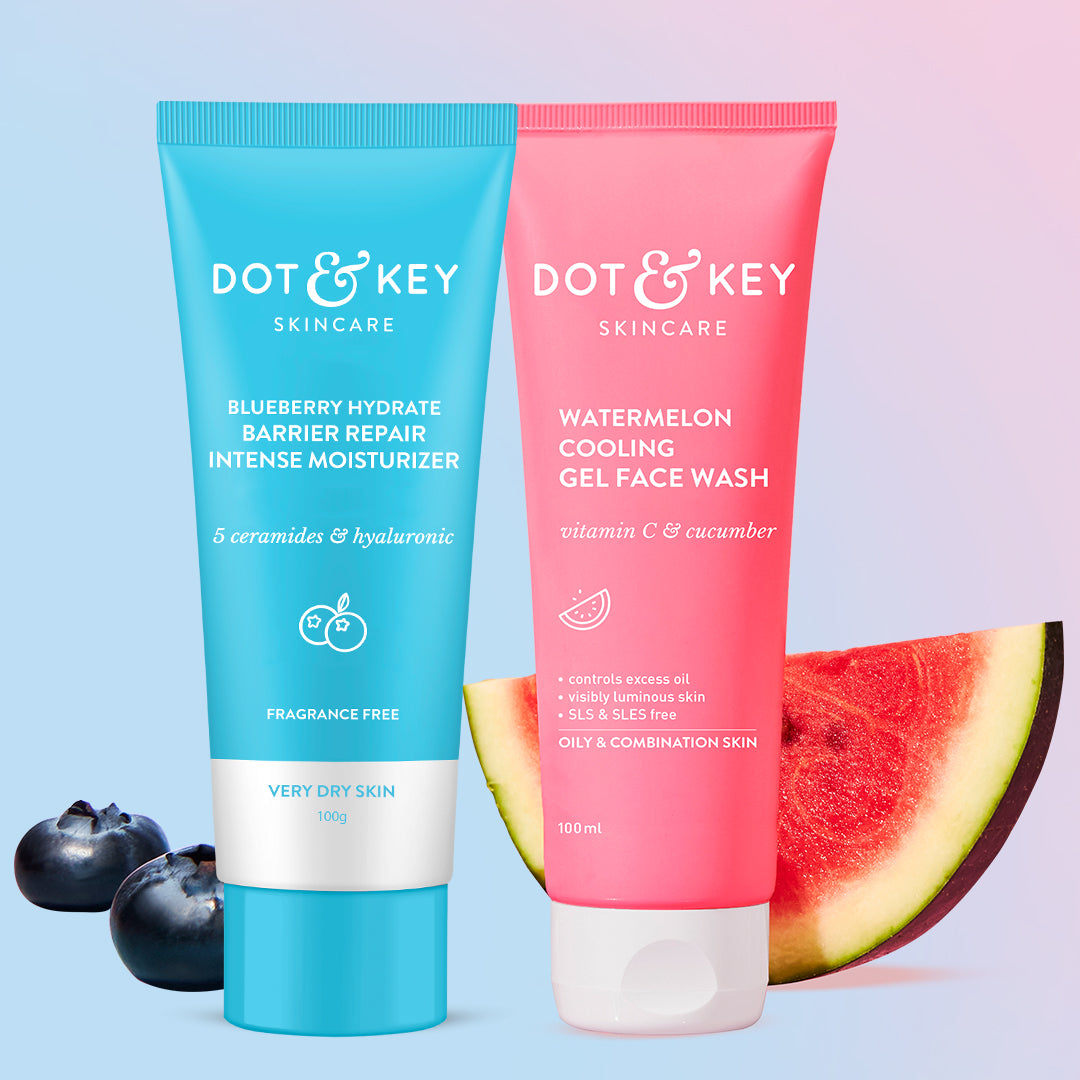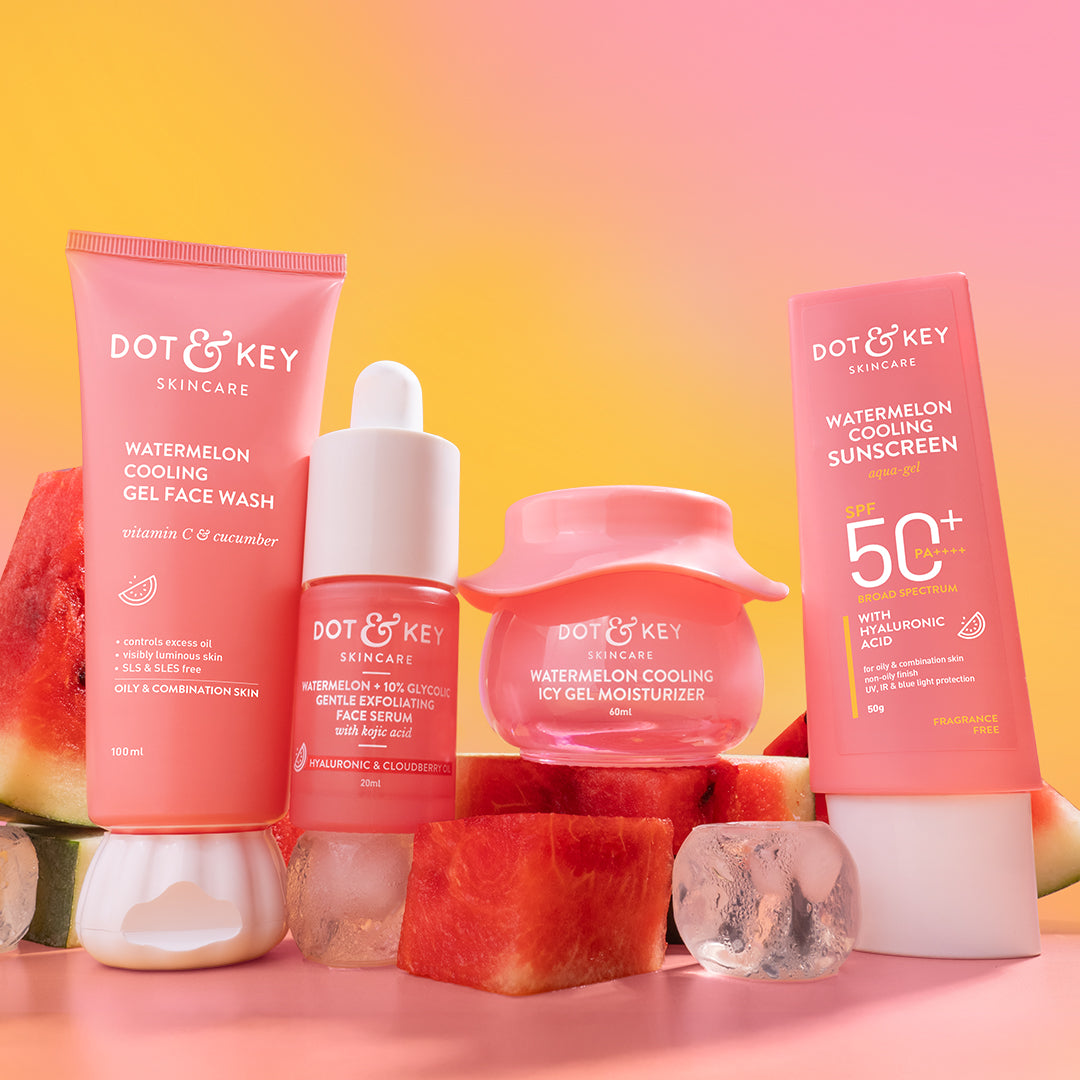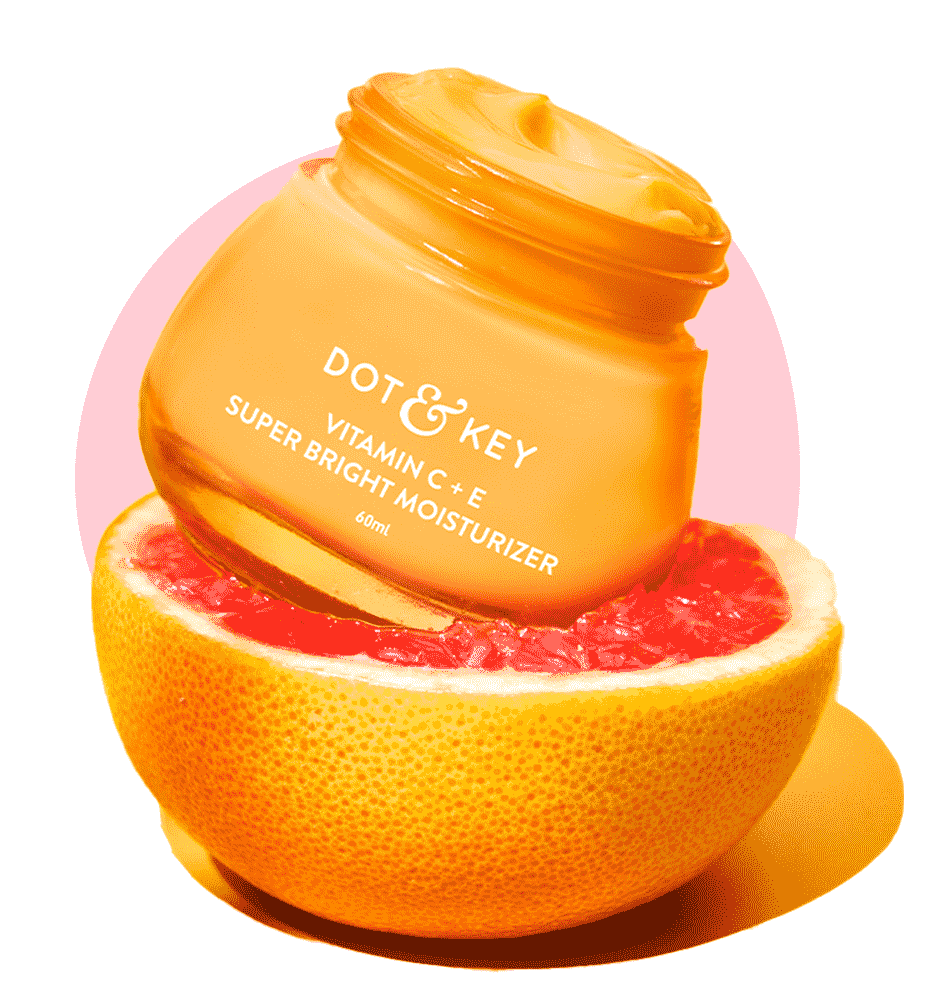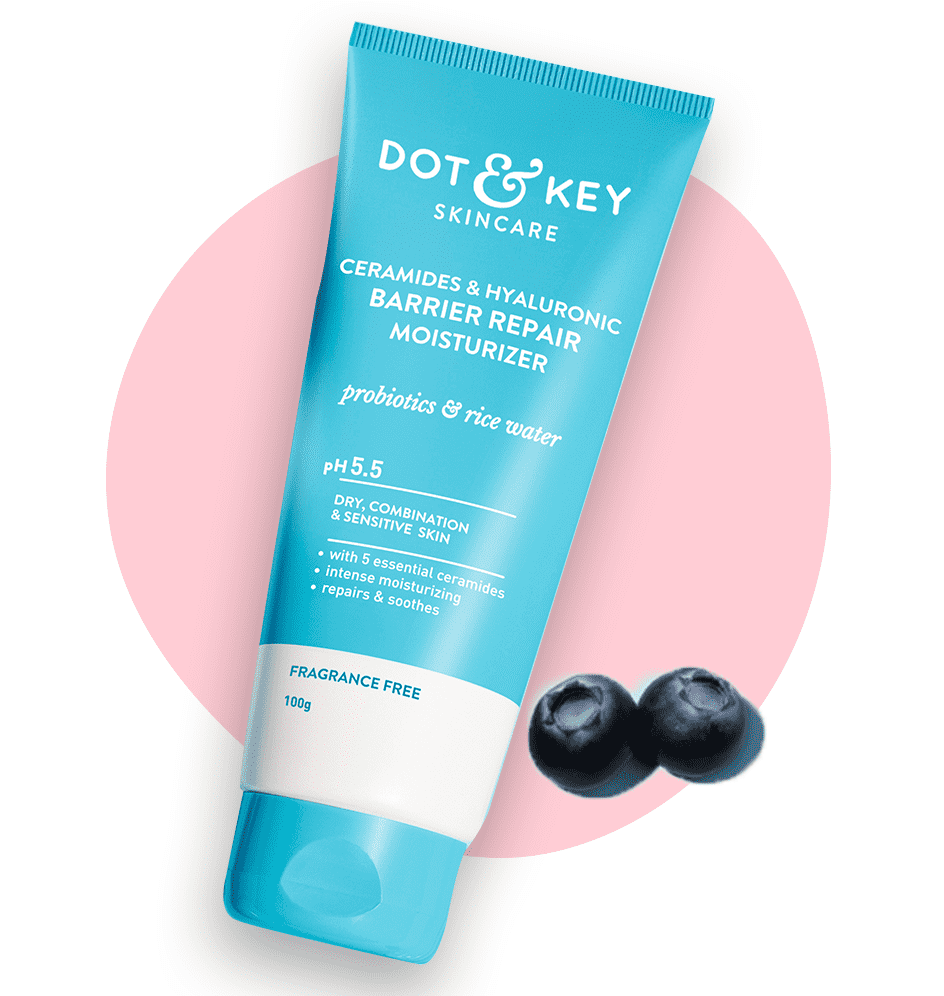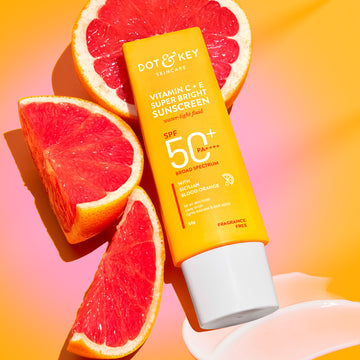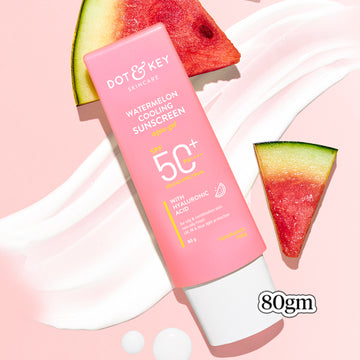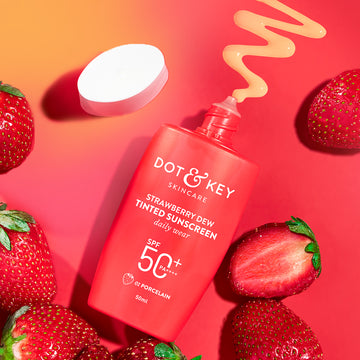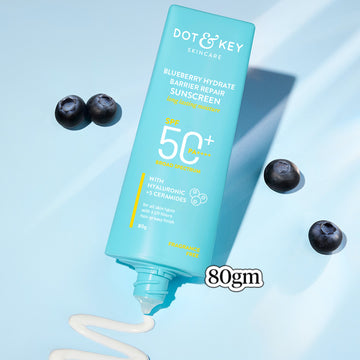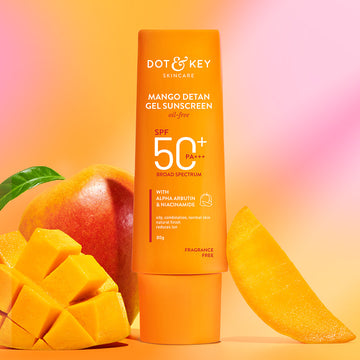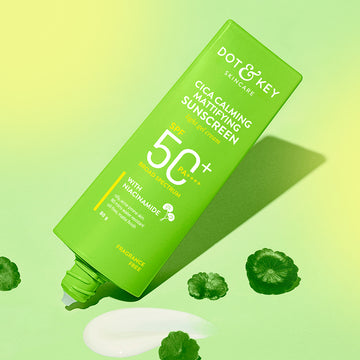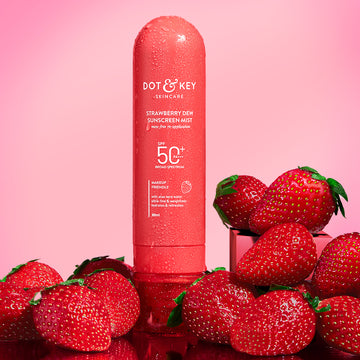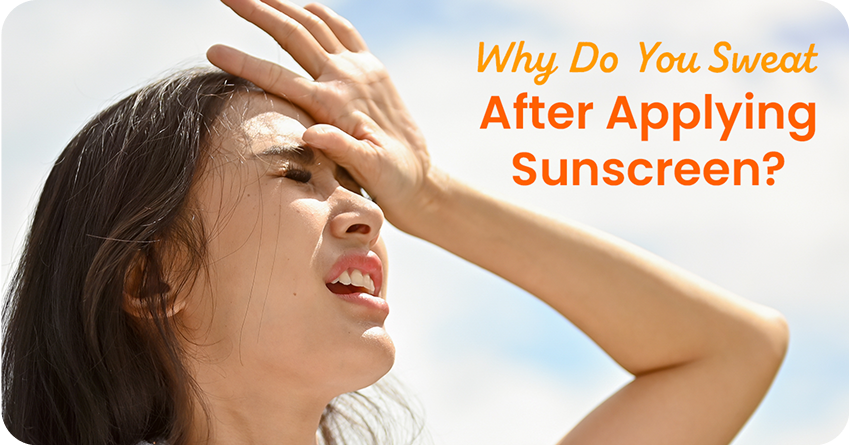
Ever slather on sunscreen only to feel like you’re suddenly sweating buckets? You’re not imagining it—and you’re definitely not alone. Especially in hot and humid climates like India, this is a common skincare struggle.
But is your sunscreen really the culprit? Or is something else going on beneath the surface?
In this blog, we’ll unpack the science behind post-sunscreen sweating, separate myths from facts, and give you dermatologist-backed tips to stay protected without the sticky, sweaty mess. Whether you’re new to sun care or a daily SPF devotee, this guide will help you understand what’s happening—and how to fix it.
Let’s beat the heat the smart way.
Why Do I Sweat After Applying Sunscreen?
Here are the most common reasons you might feel sweaty after applying sunscreen, along with explanations tailored for beginners:
1. Heavy or Occlusive Formulas
Some sunscreens, especially those with high SPF (50+) or rich, creamy textures, contain emollients or occlusive ingredients like petrolatum, dimethicone, or heavy oils. These create a thick barrier on your skin, which can trap heat and moisture, making you feel sweaty or sticky.
- Why It Happens: The occlusive layer reduces your skin’s ability to “breathe,” leading to a sensation of warmth or perspiration, especially in humid climates.
- Who’s Affected: This is more common for people with oily or combination skin, as their skin already produces excess sebum, amplifying the sticky feeling.
2. High Humidity and Heat
In hot and humid environments, like most parts of India, your body naturally sweats to cool off. Applying sunscreen in such conditions can intensify the sweaty feeling because the product adds an extra layer on your skin, which may feel heavy or greasy when combined with natural perspiration.
- Why It Happens: Humidity prevents sweat from evaporating quickly, and sunscreen can make your skin feel slicker, mimicking the sensation of sweating.
- Who’s Affected: Anyone living in tropical or coastal regions (e.g., Mumbai, Chennai) is likely to notice this.
3. Overapplication of Sunscreen
Applying too much sunscreen can lead to a greasy or heavy feeling, which many mistake for sweating. While it’s important to use enough sunscreen (about 2 finger-lengths for the face), going overboard can clog pores and make your skin feel suffocated.
- Why It Happens: Excess product sits on the skin’s surface, mixing with natural oils and sweat, creating a slippery, sweaty sensation.
- Who’s Affected: Beginners who are unsure about the right quantity often overapply, especially with thick or lotion-based sunscreens.
4. Chemical Sunscreen Ingredients
Chemical sunscreens (containing ingredients like avobenzone, oxybenzone, or octinoxate) absorb UV rays and convert them into heat, which is then released from your skin. This process can slightly raise your skin’s temperature, triggering a mild sweating response.
- Why It Happens: The heat generated by chemical filters can feel like sweating, especially in warm weather.
- Who’s Affected: People using chemical sunscreens (as opposed to physical/mineral ones) may notice this more.
5. Skin Type and Sensitivity
Your skin type plays a big role in how sunscreen feels. Oily skin types produce more sebum, which can mix with sunscreen and create a slick, sweaty texture. Similarly, sensitive skin may react to certain sunscreen ingredients (like fragrances or alcohol), causing irritation that feels like warmth or perspiration.
- Why It Happens: The combination of sebum, sunscreen, and environmental humidity amplifies the sweaty sensation.
- Who’s Affected: Those with oily or sensitive skin are more prone to this issue.
6. Non-Breathable Makeup
If you layer sunscreen with heavy moisturizers, foundations, or powders, your skin may feel trapped, leading to a sweaty or congested sensation. This is especially true if the products aren’t compatible or suited for your skin type.
- Why It Happens: Multiple layers reduce airflow to the skin, trapping heat and moisture.
- Who’s Affected: Makeup users or those with multi-step skincare routines may notice this.
How to Stop Sweating After Applying Sunscreen?
The good news? You don’t have to choose between protecting your skin and staying comfortable. Here are some tried-and-true tips to keep you cool and dry:
1. Choose the Right Sunscreen for Your Skin Type
- For Oily Skin: Look for oil-free, mattifying, or gel-based sunscreens. These are designed to control shine and feel lightweight.
- For Dry Skin: Opt for hydrating formulas that sink in quickly without leaving a greasy residue.
- For Sensitive Skin: Mineral sunscreens with zinc oxide or titanium dioxide are less likely to irritate and often feel lighter.
- Pro Tip: Look for sunscreens labelled “non-comedogenic” (won’t clog pores) and “lightweight” or “invisible finish.”
2. Apply the Correct Amount—and Let It Dry
- How Much: Use about 1/4 teaspoon for your face. Too much can feel heavy and lead to sweating.
- Drying Time: After applying, wait 5–10 minutes for it to fully absorb before heading out or applying makeup. This helps it set and feel less sticky.
3. Use a Mattifying Primer or Powder
If you’re still feeling a bit slick, apply a mattifying primer or a light dusting of translucent powder over your sunscreen. This can help set it and reduce shine.
4. Opt for Lightweight Formulas
Sunscreens with a watery or serum-like texture tend to feel lighter and are less likely to cause sweating. Look for keywords like “fluid,” “essence,” or “ultra-light.”
5. Cool Down Your Skin
Before applying sunscreen, try splashing your face with cold water or using a cooling facial mist. This can help lower your skin’s temperature and make the sunscreen feel less heavy.
6. Reapply Smartly
Instead of layering on more sunscreen (which can feel heavy), try using a sunscreen powder or spray for touch-ups. These are lighter and won’t add extra weight to your skin.
Conclusion
Sweating after applying sunscreen is annoying, but it doesn’t have to be a dealbreaker. By choosing the right formula for your skin type, applying it correctly, and using a few smart tricks, you can stay protected without feeling like you’re in a sauna. Remember, the best sunscreen is the one you’ll actually wear every day—so experiment with different textures and techniques until you find your perfect match.
FAQs
1. Does sweat remove sunscreen?
The short answer is: Sweat can partially remove sunscreen, but it depends on the type of sunscreen and how it’s formulated. Regular sunscreens may break down or wear off with excessive sweating, while water-resistant sunscreens are designed to stay effective even when you’re perspiring.
2. Does sunscreen clog pores and cause sweating?
Some sunscreens can clog pores if they’re not non-comedogenic, leading to a congested, sweaty feeling. Choose lightweight, oil-free formulas labelled “non-comedogenic” to avoid this.
3. Can I skip sunscreen if I’m sweating a lot?
No, UV rays penetrate even when you’re sweating. Use a water-resistant sunscreen (SPF 30 or 50) and reapply every 2 hours for proper protection.
4. Why does my sunscreen feel greasy after a while?
Greasy sunscreens or overapplication can mix with sebum and sweat, creating a slick texture. Switch to a matte or gel-based sunscreen and apply the correct amount (two finger-lengths for the face).
5. Can I use a sunscreen spray to avoid sweating?
Sunscreen sprays are lightweight and convenient for reapplication, but you need to apply enough (multiple sprays to cover the skin evenly). They can help reduce the sweaty feeling compared to creamy formulas.
6. Can layering sunscreen with makeup cause more sweating?
Yes, heavy moisturizers, foundations, or powders layered over sunscreen can trap heat and moisture, making your skin feel sweaty. Use lightweight, breathable products and consider a mattifying primer.
7. Does high SPF cause more sweating than low SPF?
Not necessarily. The sweaty feeling depends on the formula, not the SPF number. A lightweight SPF 50 can feel better than a greasy SPF 30. Look for terms like “dry-touch” or “matte.”

